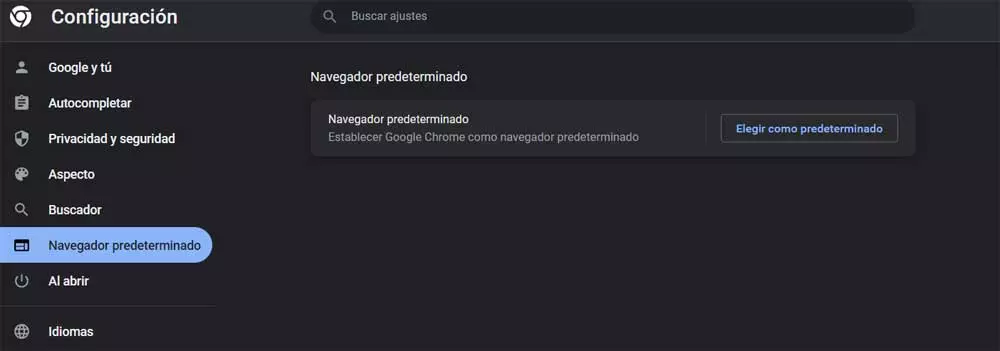
Those of us who were able to enjoy the 1980s in Spain will remember that there were many 8-bit microcomputers, but the one that especially stood out was the ZX Spectrum, especially for the excellent marketing work of its distributor in our country: Investronica. Although it is not necessary to detract from its hardware. The ZX Spectrum, thanks to its simplicity at the hardware level, was very easy to program. This last element made it a success, especially in Spain and the United Kingdom. In both countries, the ZX Spectrum gave rise to a small video game industry, of which we can highlight the appearance of mythical companies such as Ultimate, currently Rare, in the United Kingdom and the Spanish Dinamic.
Unfortunately, Sinclair, the company that created the original ZX Spectrum, disappeared to be bought by Amstrad from Alan Sugar. Company that also abandoned the personal computer market, leaving its computers as part of a historical legacy. Well, the ZX Spectrum Next is not a hardware-based replica of a mobile phone with a computer, but rather a true successor to the classic ZX Spectrum if it had had a successor. Which makes it a unique and extremely interesting piece of hardware.
This is the ZX Spectrum Next
Both the main processor of the ZX Spectrum Next and the support are based on FPGA technologyso these have been configured or programmed via languages like Verilog and VHDL to function as a particular processor, as well as all the accessory hardware around it. This means that its creators are not going to mass-produce it and it is a very exclusive device because its creators do not seek to mass-produce said computer. Let’s not forget that there are cases in which FPGAs have an outlet as commercial processors, as is the case with units with a very limited print run, as is the case with which we find ourselves.
The core processor is a Z80Nwhich is based on the same processor used by the original ZX Spectrum, but can go up to 28MHz speed and has Additional Instructions. So it runs the original software natively. This means that we are dealing with a CPU with 16-bit addressing and, therefore, it only supports up to 64 KB of RAM. Luckily, in the main FPGA a multi-bank mechanism that allows you to access up to 2048 KB of memoryalthough 256 KB are for the ROM where things like BASIC and the simple operating system it uses are stored.
Graphics and sound on the ZX Spectrum Next
In the same way, the original video hardware has also been added, but now with the ability to support up to a resolution of up to 640 x 256 pixels. The system supports various layers of backgrounds and sprites with settings that can range from 16 colors to 256 colors depending on the video mode that is currently being used.
Although the biggest novelty is a sprite generator, with support for up to 16 simultaneous sprites of up to 16 x 16 pixels in size eachyes This was one of the biggest handicaps of the original system that has been fixed in the ZX Spectrum Next. Also, sprites have multicolor support, so they can support more than one color. The graphics that it can achieve can be seen in the images above, and as you can see they are a step forward compared to the classic 80’s computer, but it does not reach the levels of a Commodore Amiga.
As for the sound, we have integrated both the classic internal speaker, as well as 3 General Instruments AY-3-8910 that each of them grants 3 square wave channels and one noise channel. So it gives original games stereo capability on the ZX Spectrum Next. Besides having two 8-bit DACs for PCM soundtrack playback.
Thought to replace the original
The creators of this computer have equipped the system with a series of modern interfaces, such as the fact that it has a SD card slotbut it is also compatible with the original Spectrum’s tape drive, as well as any other type of storage system it used, including the MicroDrive.
As for other ports, we can find the following:
- An mini Jack to connect a tape drive where to load the original ZX Spectrum games from.
- Other mini jack as audio output for headphones or speakers.
- A VGA/RGB video output to connect a CRT monitor to your computer or an old TV.
- A HDMI output in case we want to use our ZX Spectrum Next on a modern monitor or TV.
- Sinclair style joystick connectors
- An PS/2 type port to connect a mouse.
- Same expansion port as the original ZX Spectrum
- Some models have a module integrated Wi-Fi.
So if you are a fan of the mythical 8-bit computer and you still have the games at hand, but you cannot play it because it has been broken by the passage of time. Then the ZX Spectrum Next is an excellent opportunity to enjoy the experience again, with the same experience as the original system. And in case you weren’t living through the times and want to experience a computer like this, then you have everything you need to do so right out of the box.
If you’re interested in one you’ll have to wait for it to become available again, but be prepared to shell out a good £300 for this unique piece of hardware or even more.






